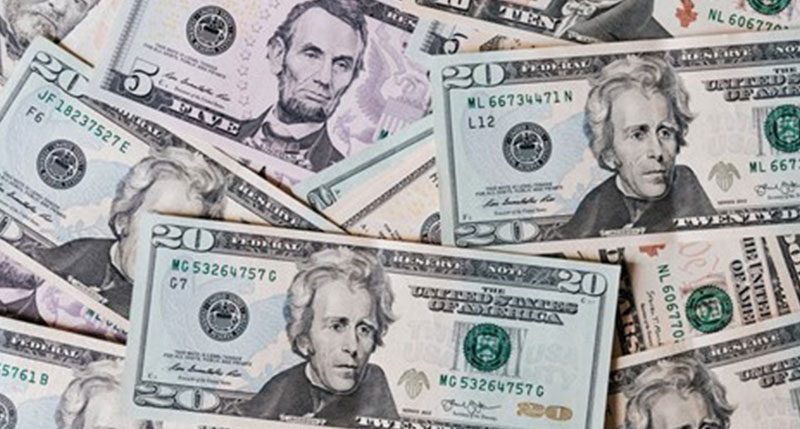With 2020 soon coming to an end, you have only a few weeks left to spend your designated Flexible Spending Account (FSA) funds on eligible health care costs. Many patients ask us which vision-related expenses qualify for reimbursement under an FSA. We thought we’d provide information about these accounts and how you can maximize their use to see your best this season.
If you have an FSA through your employer, now is a good time to double-check the “use-by date” for the funds you contribute all year long. If it’s a calendar year plan and your benefits expire on December 31, you must either use the funds in your plan by that date, or you may lose them.
Here are 5 questions to help you maximize your flex spending this season:
- What exactly is a Flexible Spending Account?
The federal government established flexible Spending Accounts (FSAs) in the 1970s. The program enables people to save money in a tax-free account set up by their employer. Employees can choose whether or not to participate. The employee can then use the funds in the account to pay for medical, dental or vision expenses throughout the year. People can use their FSA funds to pay for a wide variety of out-of-pocket health care expenses ― including deductibles, eye exams, prescription glasses and contact lenses. The 2020 limit for FSA contributions is $2,750. However, if funds aren’t used by a specified date – often December 31, those funds may not be recoverable, and you may lose them. That’s why we often associate the term “use it or lose it” with flex spending dollars.
- What are the benefits of a Flexible Spending Account?
The amount of money you can save through an FSA is tax-free, meaning it’s deducted before your employer calculates your monthly or biweekly payroll taxes. This is a tax advantage: If you elect to set aside the full amount of $2,750, you lower your taxable income by that amount for the year. If you have kids, you may also be eligible for a Dependent Care FSA, which has a limit of $5,000 per taxable year for individuals or married couples filing jointly. By maximizing your contributions to these accounts, you maximize your tax savings. And, every qualifying purchase you make with the funds is essentially a tax deduction. To summarize, an FSA is a smart way to decrease your tax burden while both increasing your take-home pay and setting aside funds to pay for health care expenses.
- Am I eligible for a Flexible Spending Account?
Employees of companies that offer a Flexible Spending Account to their employees are eligible for an FSA. An FSA is an optional benefit, and you often must “opt-in” to receive it. If you’re not sure whether your company offers this benefit, check with your human resources manager or benefits administrator.
- What expenses can I pay for with Flexible Spending funds?
From a vision-care standpoint, almost every expense will qualify. Your flex dollars are eligible for use on the following:
- Eye exams
- Copays and deductibles
- Prescription eyeglasses
- Reading glasses
- Computer glasses
- Contact lenses
- Prescription sunglasses
- LASIK surgery
- Dry eye treatment
You can also use your funds for everyday, non-prescription purchases, including contact lens solutions and cleaners. You can even purchase designer frames ― as long as you use a prescription from your optometrist on the lenses that go in them.
Where can I use my FSA funds for vision-related expenses?
In our office! You can use your outstanding flex funds for eye exams, prescription glasses, contact lenses and other vision care needs and vision-related expenses. Our vision care team is here to help, and they’re quite knowledgeable about your options for using those outstanding FSA funds. Call us to schedule an appointment to come in and explore the possibilities. But don’t wait – we get booked up and quite busy toward the end of December, and we want to be sure we have enough time and social-distancing space to accommodate you!

